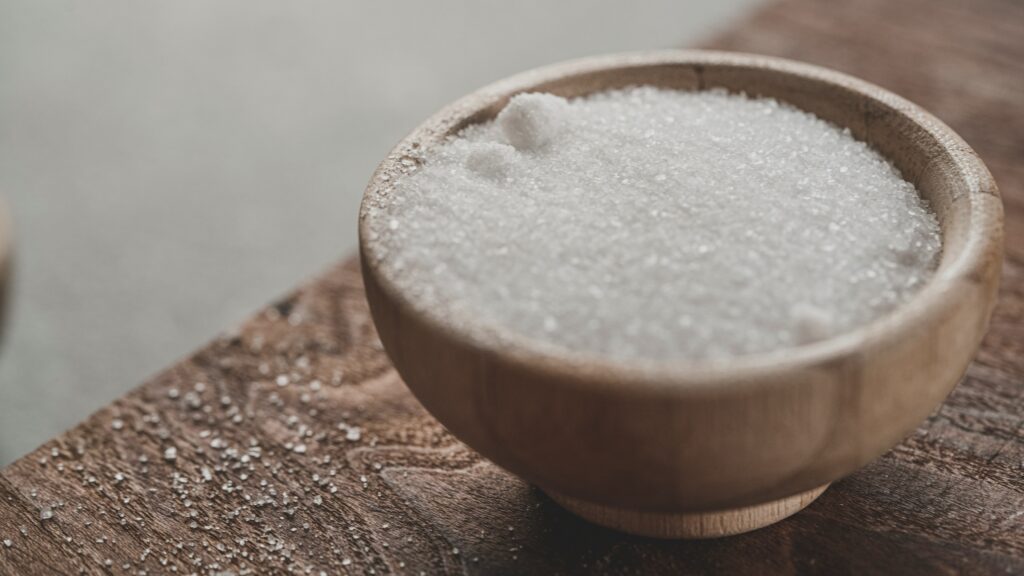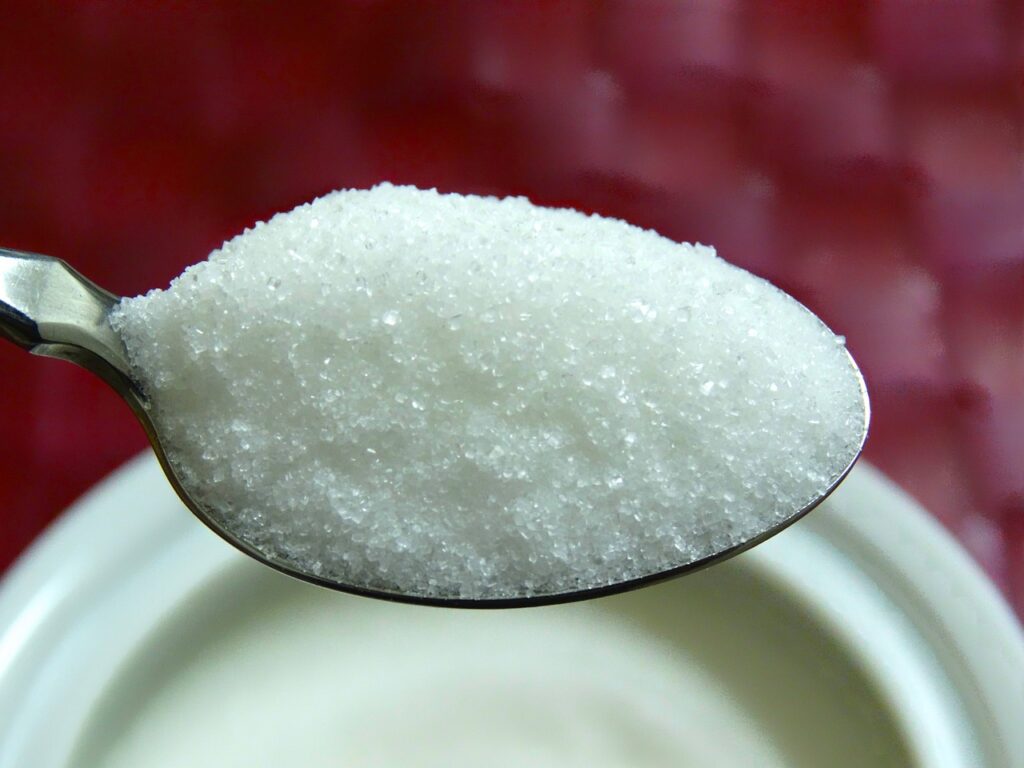Table of Contents
ToggleExporting Sugar from India: A Comprehensive Guide
India is one of the largest producers and exporters of sugar globally, playing a significant role in meeting global demand. With a rich history of sugarcane cultivation, India holds a prominent position in the international sugar market. The country’s diverse climatic conditions, technological advancements, and government support have contributed to its thriving sugar export business. This article provides a comprehensive guide on exporting sugar from India, covering product types, HS codes, regulatory requirements, and export procedures.

Types of Sugar Products in India with HS Codes
India produces various types of sugar products to cater to different market demands, including raw, refined, and specialty sugars.
1. Raw Sugar
Raw sugar is minimally processed and used primarily for further refining. It is a major export product, especially to countries with sugar refining facilities.
HS Codes for Raw Sugar:
17011100 – Raw Cane Sugar (Without Added Flavoring or Coloring)
2. White Refined Sugar
Refined sugar is the most common type of sugar used in households and industries for food production.
HS Codes for White Refined Sugar:
17019910 – White Sugar
17019990 – Other Refined Sugar
3. Brown Sugar
Brown sugar is partially refined or unrefined sugar with molasses content, giving it a distinct color and flavor.
HS Code for Brown Sugar:
17019100 – Cane Sugar with Added Flavoring or Coloring
4. Organic Sugar
Organic sugar is produced without the use of synthetic pesticides or fertilizers, meeting the growing demand for organic products in health-conscious markets.
HS Code for Organic Sugar:
17019910 – Organic White Sugar
17011100 – Organic Raw Sugar
Major Sugar Producing States in India
India’s sugar production is primarily concentrated in the following states:
Uttar Pradesh – The largest sugar-producing state in India
Maharashtra – Known for high-quality sugar production
Karnataka – Significant producer of both raw and refined sugar
Tamil Nadu – Major contributor to sugar exports
Bihar – Produces sugar for both domestic and export markets
Gujarat – Growing sugar production hub
Andhra Pradesh – Emerging sugar-producing region
Steps to Export Sugar from India
Exporting sugar from India involves several essential steps to ensure compliance with government regulations and meet international quality standards.
1. Registration with APEDA
The Agricultural and Processed Food Products Export Development Authority (APEDA) oversees sugar exports in India. Exporters must register with APEDA to obtain a Registration-Cum-Membership Certificate (RCMC).
2. IEC Code
Exporters must obtain an Import Export Code (IEC) from the Directorate General of Foreign Trade (DGFT) to engage in commercial export activities.
3. Quality Certification
Quality inspection and certification are mandatory to ensure the sugar meets international standards. Agencies like the Bureau of Indian Standards (BIS) or APEDA issue these certificates.
4. Packaging and Labeling
Sugar is typically packaged in food-grade polypropylene or jute bags. Labels must comply with the importing country’s regulations, indicating product type, weight, and origin.
5. Export Documentation
Key documents required for sugar export include:
Commercial Invoice
Packing List
Bill of Lading
Certificate of Origin
Phytosanitary Certificate
Fumigation Certificate
6. Customs Clearance
Exporters must file the Shipping Bill with Indian Customs and obtain customs clearance before dispatching the goods.
Major Importing Countries for Indian Sugar
India exports sugar to more than 60 countries worldwide. The major importers of Indian sugar include:
Indonesia
Sri Lanka
Bangladesh
UAE
Sudan
Afghanistan
Somalia
Saudi Arabia

Government Policies and Incentives
The Indian government provides several incentives to promote sugar exports, including:
Duty Drawback Scheme – Refund of customs duty on imported inputs
Transport and Marketing Assistance (TMA) – Financial assistance for transport and marketing of agricultural products
Production-Linked Incentive (PLI) – Incentives for sugar mills based on export performance
Challenges in Sugar Export
Despite its strong position in the global market, the sugar export business faces several challenges:
Fluctuating global sugar prices
Government-imposed export restrictions
Stringent quality standards
High production costs
Climate change impacting sugarcane yield
Conclusion
Exporting sugar from India presents a lucrative business opportunity due to the high global demand. Understanding the different types of sugar products, their HS codes, and the regulatory framework is essential for successful export operations. With proper quality control, packaging, and compliance with international standards, Indian sugar exporters can expand their business and strengthen India’s position in the global sugar market. As one of the largest sugar producers in the world, India holds immense potential to dominate the international sugar trade while supporting sustainable agricultural practices.
